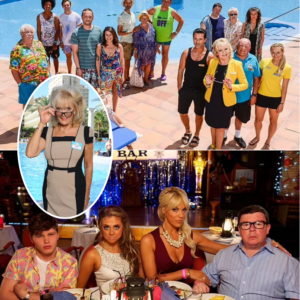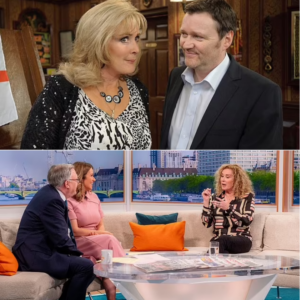October 21, 1966, started out as any other normal day for me. I was working for the BBC in Cardiff and I was in the studios in Stacey Road just after 9 o’clock. I was the only one present – a bit early for our 10 o’clock conference to decide the running of that day’s evening programme.
The telephone rang and it was Eric Warrilow, one of our cameramen. He lived in Merthyr Tydfil and said he had been on his way in when he passed the village of Aberfan – but something wrong, with lots of fire engines and ambulances running around.
At that moment our news editor, Alan Protheroe, walked in. He ordered me to drive up there and see what was going on.
A short while later, as I walked into Moy Road, the street leading to Pantglas Junior School, I entered a nightmare. It was like a scene from something out of the Second World War, gangs of men and women running around, the men shouting and the women screaming. And you couldn’t blame any of them.

Miners searching for their children in the towering slag heap that had slipped down and engulfed the school

Bewildered miners taking a break from the desperate rescue operation at Pantglas Junior School in Aberfan, where 116 children died

The town came together to remove an estimated half a million tons of coal waste that had hit the school in a 40ft wave following the catastrophic collapse of the 111ft tall tip

A stretcher being lifted out of the window of the junior school in Aberfan
A coal tip that loomed above the school had collapsed, just as prayers were ending. It slid down, engulfing the building and everyone in it. It was later revealed that the tip had been 111 feet high.
As I walked slowly along to the remains of the school, I could see a steady stream of miners coming off the early morning shift at the Aberfan Colliery. They hadn’t changed or even dropped their picks and shovels. There was no talking either. When they reached the school, without any instruction, they all carefully started picking through the wreckage, and every so often a whistle would blow. They would all stop working and there was immediate silence… until the moment a cry was heard again, then everyone moved, again carefully, to that spot and began picking away with their hands.
It was hard to believe that these men, who did such hard manual work every day, could be so gentle. They rescued quite a number of youngsters but, sadly, some of them were past being rescued. The operation was the most impressive exercise in human endeavour and kindness I have ever witnessed.
I had been the first reporter to reach Aberfan, but I was soon joined by a swarm of journalists who swamped the village. I returned to the BBC in Cardiff to prepare the evening news on our local programme, called Wales Today – it’s still on every day. Because of the numbers involved, especially children, the news went around the world.

Lord Snowdon, who was dispatched by the Queen to Aberfan to see if there was anything she could do to help

The Queen, who was keen not to get in the way of the rescue operation, visited the area a week later. She was left visibly upset

Prince Philip accompanied the Queen to Aberfan and was shown around the remains of the school
I was sent back up to Aberfan the next day where I met Lord Snowdon, the photographer and filmmaker who was married to Queen Elizabeth’s sister Princess Margaret, who had been dispatched by the Queen to see if there was anything she could do and whether he felt she should turn up.
Lord Snowdon asked me when I thought it would be appropriate for the Queen to visit – she didn’t want to get in anyone’s way. She relied on Tony for this sort of advice in Wales. I replied: ’Leave it for a week or two.’
The Queen eventually arrived eight days after the tragedy, on October 29. She had also instructed Snowdon that she did not want to spend too much time there ‘shaking hands with the great and good’. Instead she wanted to meet grieving parents and even any children who had survived.
I was flattered to be presented by Snowdon to Her Majesty, and she pretended to remember me from the Investiture. After she had spent a few minutes alone at the remains of the school, it was the only time I saw her cry in public.
Later, Snowdon asked me if I could take him into a house that had lost a child, without a camera present. We went into No.57 Moy Road, home of the Fudge family. They had two daughters who attended the school: only one survived. Mrs Joyce Fudge offered Lord Snowdon a cup of tea – the usual in Wales – and he endeared himself to her when he said, ‘Tell me where the kettle is and I’ll make it.’
That morning we were told that 144 people had been killed by the landslide. Of which 116 were children.




